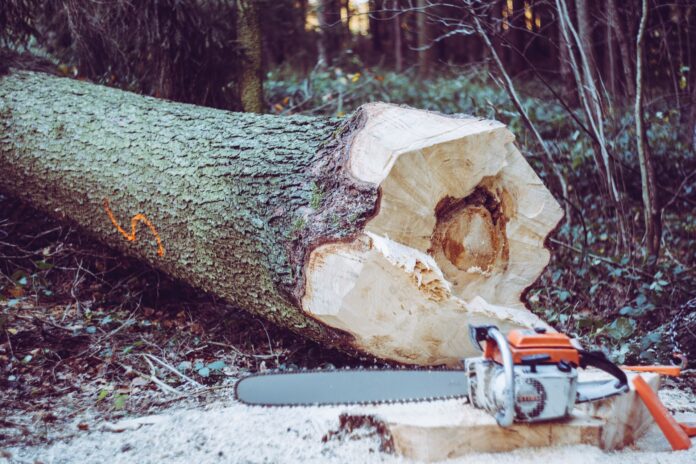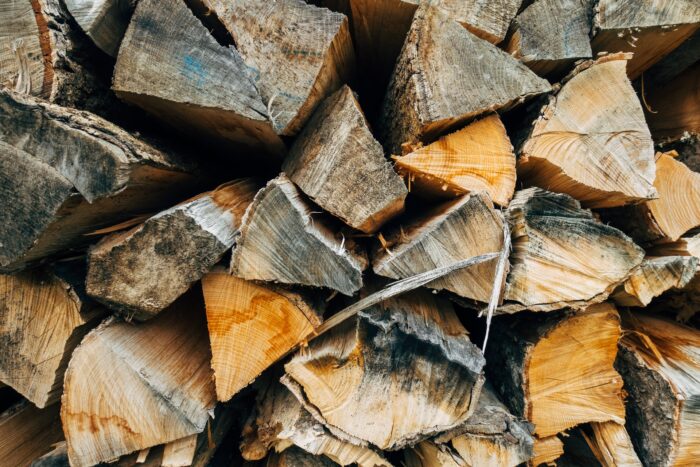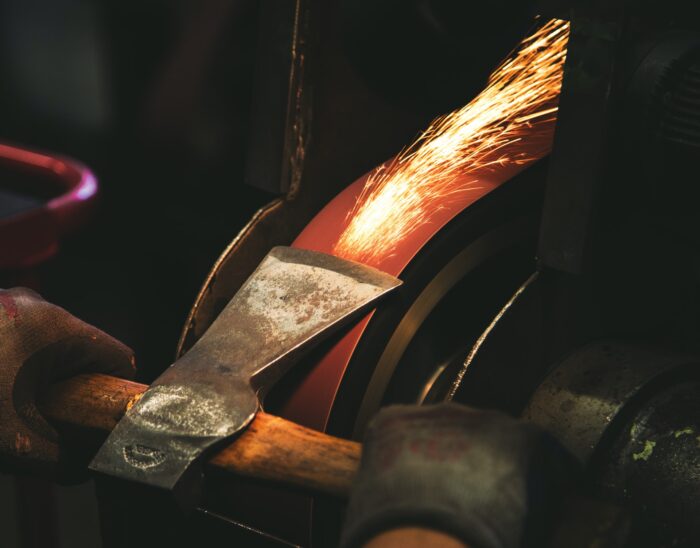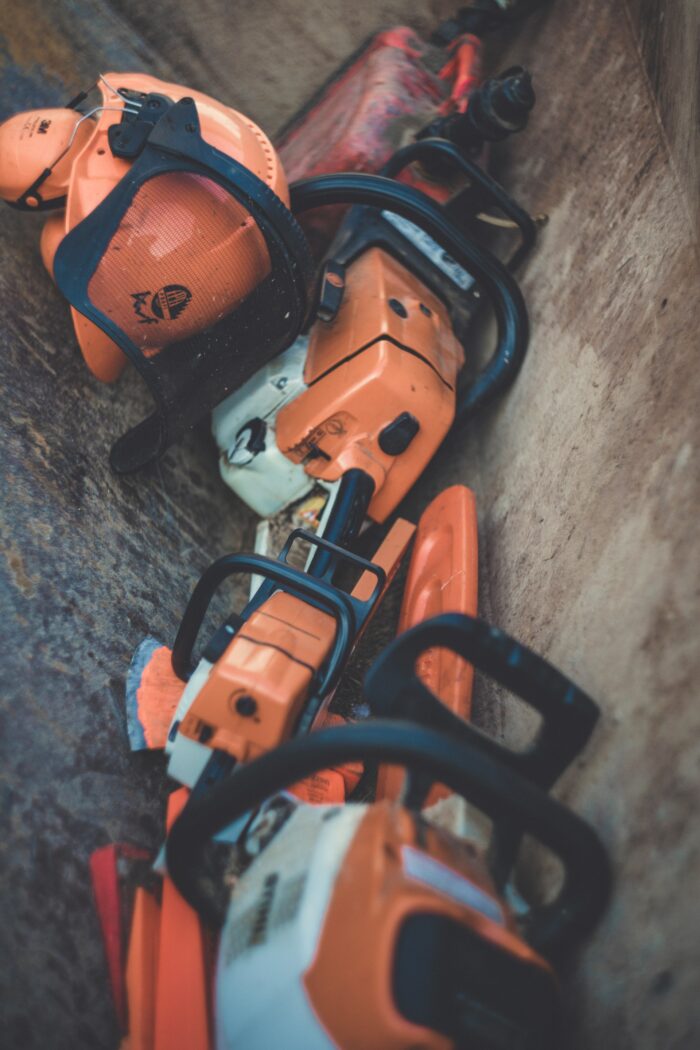
Have you been thinking about enriching your machinery with a couple of more equipment pieces, just to make sure you’re well equipped to handle any task that might come your way?
Things can get quite tricky when it comes to deciding on what to buy. Therefore, it’s good to make a priority list first. Take a look at what you already have and evaluate the condition of your machines are. Then add to the list those that will soon need the replacement. Those are probably you should consider replacing soon. Second important thing is to check is which machines are still under a warranty. Those can be fixed, and might not be a priority. Thirdly, decide on your budget and see how much machinery it can cover. For some pieces, you can decide to buy second hand. Used machines are sometimes a better and more quality choice, but not always.
Those are your top priority should be new, others can be used, no problem. Aside from prioritizing, what else do you need to have in mind when buying forestry equipment? Keep reading to find out.
What purpose will it serve?

It’s the most important question to start with. Are you a professional in the logging business, or do you own a piece of land where you have trees to tend to? The equipment you might need will depend on the purpose it will serve. To make it even easier, here are a couple of suggestions for the works you might need the machines for, to help you decide on the purpose:
- Ground preparation, laying refers to the work of preparing the land surface to provide a place for planting, and chopping refers to the process of cutting the material into shorter and smaller pieces.
- The cleaning process is work on the selective removal of unwanted shrubs and trees, without the use of wood, while clearing is the removal of unwanted shrubs and trees.
- Extraction is the process of removing trees and stumps from the surface by cutting them below the ground, and lifting and pushing them into piles, cutting trees, shrubs, or parts of trees on-site by scraping or chopping, leaving the resulting material on the forest soil.
- Pruning is defined as the removal of dead or living branches or a large number of veins on trees that have not been felled, while the collection of bulk material using rakes or similar devices is defined as raking.
Cultivation is the process of preparing the ground for planting or afforestation with a lightly cultivated area of land.
There are a lot more works the equipment is used for, however, these are only a couple to have in mind. Having the works performed by the forestry equipment listed above, you can further browse for a specific piece of machinery you may need on uniforest.de. This is a good guideline for those new in this field, professionals will surely know what machine they need for what kind of works.
Your budget

In the beginning, we have mentioned the importance of prioritizing and deciding whether you need a new machine or a second hand. Forestry equipment is nothing like the gardening equipment you use for seasonal works, it is a much larger investment. These machines are not cheap, so you need to approach your shopping list seriously. Consider informing yourself about the seasonal discounts, and if there’s something that can wait, have patience, and wait for the sales to start. In any case, your budget will determine the brand (some more famous brands, are expected to have a higher price), the condition (new or used) and how many machines will you be able to purchase.
Warranty

Sometimes, paying a higher price for a piece of equipment that has a longer warranty is a smarter buying option. Therefore, it’s an important factor to consider. The longer the warranty, the more you are able to use it being sure that whatever happens, parts are covered by the warranty.
However, what good is a warranty if the equipment has to travel for days to be fixed? This can be time-consuming and should be well considered. Some brands do not have official service and maintenance providers in the countries where they sell, or the service is in the opposite part of the country, that it still needs days to be fixed.
All of the mentioned is important to consider and is closely related to the warranty.
Spare parts
This point is closely connected to the previous one because even if the service and maintenance shops are available close, lacking spare parts doesn’t solve much. It can happen the machine is received and gets stuck on hold, because the parts need to be ordered and then dispatched, and then you wait for their arrival for a month or so. It’s a very relevant thing to consider during these times of pandemic, where the traffic is limited.
Equipment classification
Giving the uniqueness of the tasks performed by the equipment in this industry, there’s a classification according to which you can choose what to buy. For example, some machines are multi-purpose, some are single-purpose.
Classification by the method of mobility can be according to the type of system that allows movement – machines may or may not be self-propelled, for example, tracked machines, wheeled machines, traction machines. The classification according to the mode of operation can be according to the basic principle used to perform the given function of grasping, holding, cutting, or loading with a moving “hand”.
It can also be according to the type of loading/shrinking system for which the machine is designed, e.g. short log loading machine or long log loading machine, sawdust collection machine.
Machines can also be classified according to the type of system used to control the machine, for example, front or rear axle control, articulated frame control, track control (sliding).
With this article, we have pretty much-covered everything needed for choosing the forestry equipment. All you need to do now is sit down and decide according to the written.









